As a medical scientist, he looks at how new findings will help develop new treatments to revive people now considered hopeless and restore brain damage.
Category: biotech/medical – Page 457
Northrop Grumman spacecraft hitches ride on SpaceX rocket for NASA resupply mission
The Cygnus spacecraft is filled with nearly 8,200 pounds of supplies, hardware and other critical materials for dozens of scientific and research experiments, according to NASA.
That includes tests for water recovery technology and supplies needed for a process to produce blood and immune stem cells in microgravity. Also included in the payload are materials to study the effects of spaceflight on engineered liver tissue and microorganism DNA, NASA said.
17.6y Younger Biological Age (Blood Test #5 In 2024)
Join us on Patreon! https://www.patreon.com/MichaelLustgartenPhDDiscount Links/Affiliates: Blood testing (where I get my labs): https://www.ultalabtests.com/.…
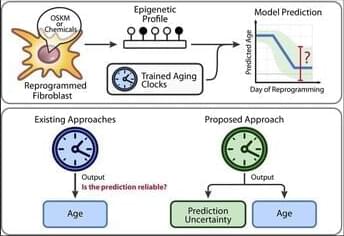
Epistemic uncertainty challenges aging clock reliability in predicting rejuvenation effects
Pain management is an important component of caring for adults with cerebral palsy. However, it’s the least understood comorbidity in the adult cerebral palsy population.
A study led by Mark Peterson, Ph.D., M.S., FACSM, a professor of physical medicine and rehabilitation at University of Michigan Health, found that adults living with cerebral palsy had a very high occurrence of pain, with 90% having a pain history and 74% having multiple diagnoses of pain coming from different origins such as the lower back, irritable bowels, joint arthritis and chronic headaches.
The research is published in the journal JAMA Neurology.
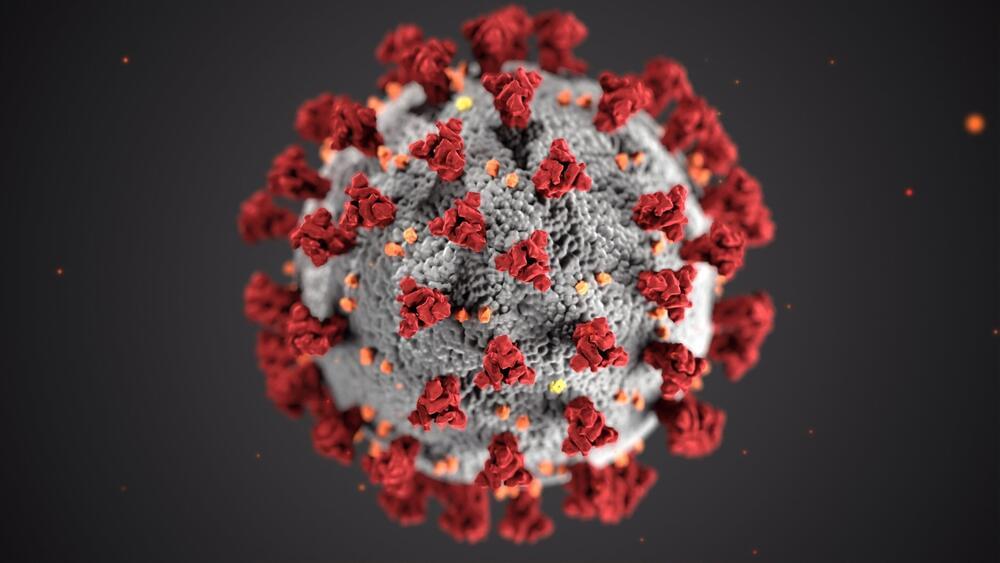
Preclinical Data suggest Antioxidant Strategy to address Mitochondrial Dysfunction caused by SARS-CoV-2 virus
Building upon groundbreaking research demonstrating how the SARS-CoV-2 virus disrupts mitochondrial function in multiple organs, researchers from Children’s Hospital of Philadelphia (CHOP) demonstrated that mitochondrially-targeted antioxidants could reduce the effects of the virus while avoiding viral gene mutation resistance, a strategy that may be useful for treating other viruses.
The preclinical findings were published in the journal Proceedings of the National Academy of Sciences.
Last year, a multi-institutional consortium of researchers found that the genes of the mitochondria, the energy producers of our cells, can be negatively impacted by the virus, leading to dysfunction in multiple organs beyond the lungs.
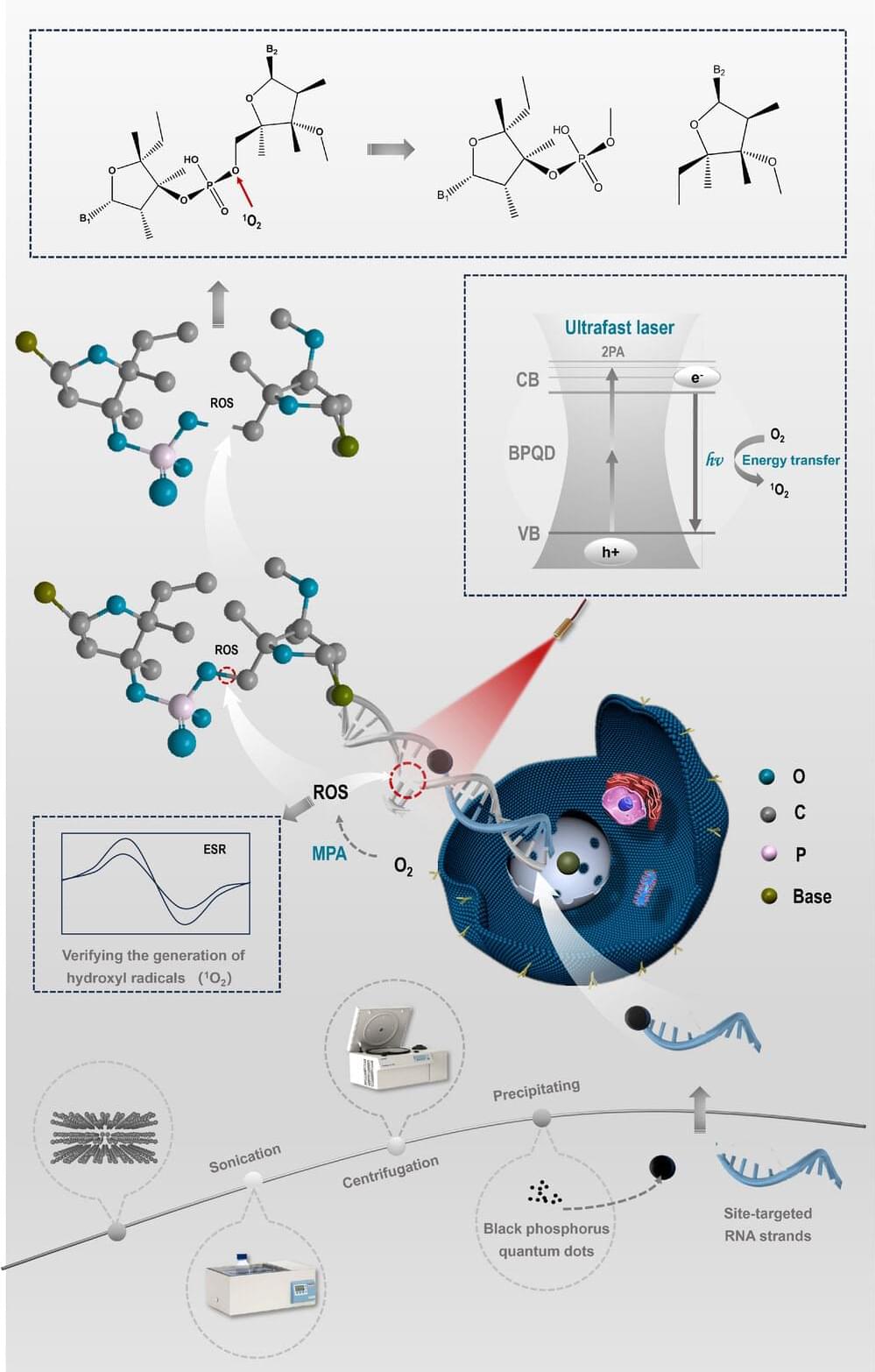
Dr. Ashwin Vasan — Commissioner — NYC Dept. of Health & Mental Hygiene — Strengthening Public Health
Strengthening Public Health Systems For Healthier And Longer Lives — Dr. Ashwin Vasan, Commissioner, NYC Department of Health and Mental Hygiene.
Dr. Ashwin Vasan, MD, PhD is the Commissioner of the New York City Department of Health and Mental Hygiene (https://www.nyc.gov/site/doh/about/ab…).
Dr. Vasan is a primary care physician, epidemiologist and public health expert with nearly 20 years of experience working to improve physical and mental health, social welfare and public policy for marginalized populations here in New York City, nationally and globally. Since 2014 he has served on the faculty at the Columbia University Mailman School of Public Health and Vagelos College of Physicians and Surgeons, and he continues to see patients as a primary care internist in the Division of General Medicine at New York-Presbyterian Hospital/Columbia University Irving Medical Center.
Dr. Vasan most recently served as the President and CEO of Fountain House, a national nonprofit fighting to improve health, increase opportunity, and end social and economic isolation for people most impacted by mental illness. During his tenure, he grew the organization from a New York-based community mental health organization to a national network across eight markets, and grew the budget by nearly $20 million annually. He helped navigate the organization through COVID-19 by driving new telehealth and digital mental health programs while its physical locations closed, as well as developing new community-based outreach and accompaniment programs. Further, Dr. Vasan led the creation of a national policy office in Washington, D.C., working to change national mental health policy on the issues of crisis response services and funding for and quality of community-based mental health services.
From 2016 to 2019, Dr. Vasan served as the founding Executive Director of the Health Access Equity Unit at the NYC Department of Health and Mental Hygiene, which focused on the intersection of clinical and social services for the care of people involved in the justice system and other vulnerable populations — a first-of-its-kind government program in the nation. Under his leadership the team launched the NYC Health Justice Network — an innovative partnership between community-based primary care providers, criminal legal system reentry organizations, the Health Department and the Fund for Public Health — to embed tech-enabled, peer community health workers to promote health and wellness of people reentering the community from incarceration, and their families. The program is currently under evaluation through the CDC Prevention Research Center grant to NYU and CUNY.

Sea creature revealed to have so much DNA it can hardly be called a species
This is because the species undergoes a process called polyploidization, which is when a single chromosome is duplicated multiple times.
“It has amazing genetic diversity,” study co-author Tim O’Hara, a senior marine curator at Museums Victoria in Australia, told Newsweek.
“Instead of evolving into separate species over time, lineages readily hybridize with each other, so building up a great amount of genetic diversity. But not only that, they sometimes add their genomes together, so end up with four or more copies of each gene,” O’Hara said.
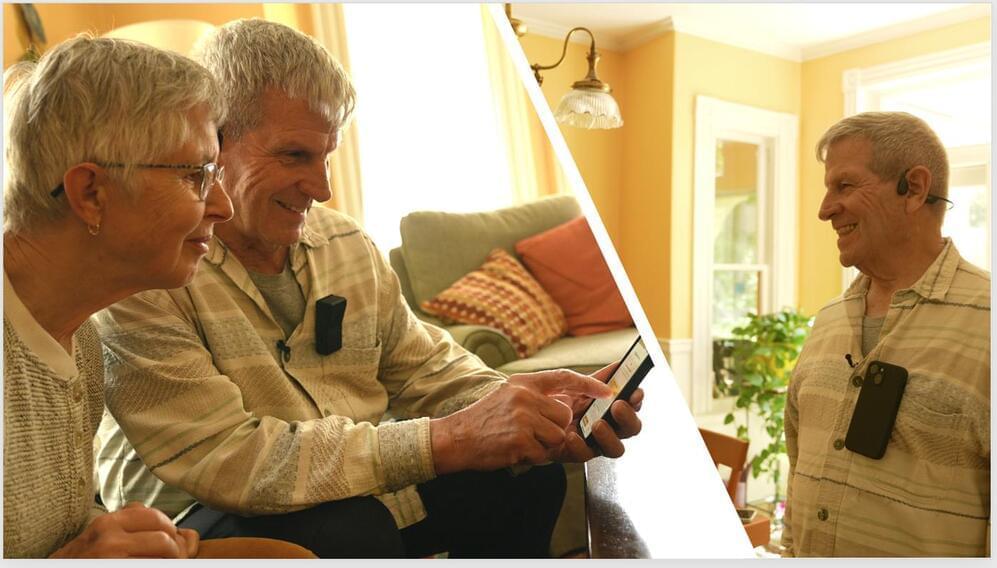
MemPal: Wearable Memory Assistant for Aging Population
We’re living in an aging society with cognitive loss placing stress on caregivers to monitor older adults struggling with memory decline.
MemPal is a wearable voice-based memory assistant that helps older adults live more independently and safely at home while also reducing caregiver burden. MemPal uses AI to automatically log the user’s actions in real-time based on visual context from a wearable camera without storing any image data, thereby preserving user privacy. With this activity log, MemPal helps older adults recall locations of misplaced objects and completion of past actions using simple voice-based queries such as “Hey Pal, where is my phone?” Additionally, MemPal provides context-based proactive safety reminders (e.g., “you may have forgotten to turn off the stove” or” you already took your medicine an hour ago”) and automatically tracks the completion on the MemPal app, allowing for remote monitoring by caregivers. Lastly MemPal can generate an automatic, summarized diary of activities for caregivers that may also prove useful for physicians to better understand patient behavior within their home.
MemPal was tested within the homes of 15 older adults (ages 65+). Our study demonstrated improved performance of object finding with audio-based assistance compared to no aid and positive overall user perceptions on the designed system. We discuss future design guidelines to adapt these types of wearable systems to various older adults’ needs.
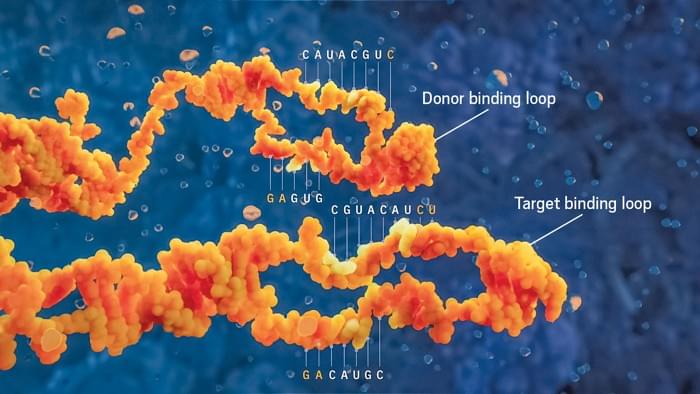
The next generation of genome editing is making big changes to DNA
But the technology for using bridge RNA in genome editing is still in the early stages. Hsu’s team has demonstrated this system only in bacteria, though Hsu says he is optimistic that efforts to adapt the approach to work in mammalian cells will succeed. Chen says this system’s efficiency may not be as good as CRISPR’s is now but that improvements will come with time.